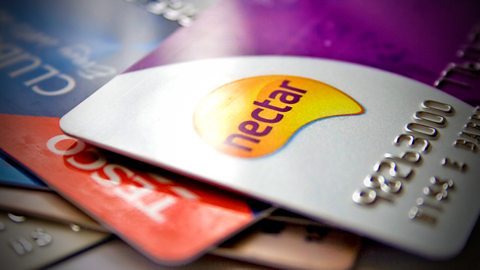Marketing strategies
Marketing strategies are used by food retailers to influence the choices consumers make. These include financial incentives, strategic store layout and advertising.
Financial incentives

Food retailers employ a range of financial incentives to help them attract and retain customers. These include:
- Special offers – food retailers often advertise special offers in their store. For example 'buy one get one free'. This will attract a consumer into their store in the hope they will buy more than one item.
- Loyalty cards – many food retailers offer loyalty cards, such as Tesco's Clubcard or Sainsbury's Nectar card. Consumers scan these every time they shop in store and in return they will receive vouchers or points that will allow them to get money off. This encourages consumers to shop in these stores.
- Price checking – food retailers will advertise that their price is the same if not better than another big brand name. This will encourage consumers into their store as they feel they may be saving money.
- Own brand products – large food retailers often have their own food range which is significantly cheaper than big name brands. Consumers may be encouraged into their store as they can’t purchase these products anywhere else. Examples include the Co-op Simply Value and Tesco Everyday Value ranges.
Store layout
The way products are grouped within a store is very important.
There are a number of clever tricks with store layout that food retailers use in order to influence consumers. These include:
- Entrance to the store - a warm blast of heat will blow down on consumers as they enter the store. This naturally slows their pace, making them more likely to look around.
- Fruit, vegetables and flowers - these are often placed near the entrance to the store. Consumers associate these products with freshness and it gives them a good first impression.
- Eye level - pricey brands are often placed at eye level. These are the products consumers will notice first, and therefore will be most likely to purchase. Items that are aimed at children are often on lower shelves so that they will spot these and encourage their parents to buy them.
- Essential items - you may just have gone into the store to purchase bread and milk, however you will find these items located at the back of the store and often nowhere near each other. This means you have to pass lots of other items on your way to find them. The aim is that you purchase other products along the way.
- At the till - here you will often find items like magazines, sweets and chocolate. These may tempt consumers to purchase while they are waiting to be served. It is a final attempt by the food retailer to get you to purchase some more items.